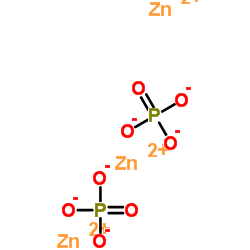Effect of axial wall modification on the retention of cement-retained, implant-supported crowns.
Kian M Tan, Radi Masri, Carl F Driscoll, Penwadee Limkangwalmongkol, Elaine Romberg
Index: J. Prosthet. Dent. 107(2) , 80-5, (2012)
Full Text: HTML
Abstract
Compromised angulation of implants may result in abutment preparation that is less than ideal. Compromised abutment preparation may affect the retention of implant-retained crowns.The purpose of this study was to investigate the effect of 5 implant abutment designs on the retention of cement-retained crowns by varying the number and position of the axial walls.Five prefabricated abutments were attached to an implant analog and embedded in an acrylic resin block. The first abutment was left intact without modification. Axial walls were partially removed from the remaining abutments to produce abutments with 3 walls, 2 adjacent walls, 2 opposing walls, and 1 wall. Five crowns were made for each group. The screw access channel for the first abutment was completely filled with composite resin and the rest were partially filled. The retentive surface area of each abutment was calculated. Crowns were cemented with zinc phosphate cement. Tensile force was applied to separate the castings from the abutments. Peak load to dislodgment was recorded. A 1-way ANOVA was used to test for a significant difference followed by the Tukey Honestly Significant Difference test (α=.05).The abutment with 2 opposing axial walls had significantly higher retention than that of all other groups (F=149.9, df =24, P<.001). The abutment with 3 walls exhibited the second highest retention and was significantly greater than abutments with 2 adjacent walls, 1, and 4 walls. Abutments with 2 adjacent walls and 1 wall were not significantly different from each other. The unmodified abutment with 4 walls exhibited the lowest retention despite having a large retentive surface area.The retention of cemented crowns on implant abutments is influenced by the number and position of axial walls.Copyright © 2012 The Editorial Council of the Journal of Prosthetic Dentistry. Published by Mosby, Inc. All rights reserved.
Related Compounds
| Structure | Name/CAS No. | Molecular Formula | Articles |
|---|---|---|---|
 |
Zinc phosphate
CAS:7779-90-0 |
O8P2Zn3 |
|
Radiopacity of different resin-based and conventional luting...
2012-02-03 [Dent. Mater. J. 31(1) , 68-75, (2012)] |
|
Microleakage of adhesive and nonadhesive luting cements for ...
2011-01-01 [Pediatr. Dent. 33(7) , 501-4, (2011)] |
|
Survival of two post systems--five-year results of a randomi...
2011-01-01 [Quintessence Int. 42(10) , 843-50, (2011)] |
|
The effect of endodontic access preparation on the failure l...
2011-11-01 [J. Prosthet. Dent. 106(5) , 328-36, (2011)] |
|
Retentiveness of various luting agents used with implant-sup...
2013-01-01 [Int. J. Prosthodont. 26(1) , 82-4, (2013)] |